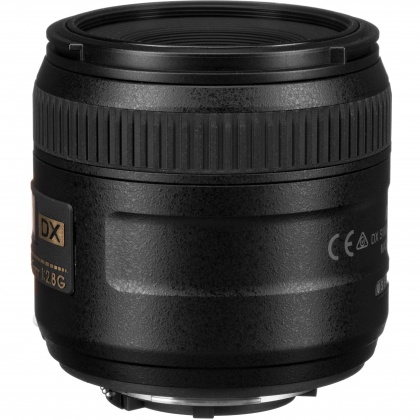DSLR Lenses For Sale
Most of the popular DSLRs used a half-size, 24x16mm APS-C, 'crop' sensor with only professional models continuing with the full 24x36mm frame of 35mm film.
The crop sensor takes a smaller lens to produce a similar result or crops the image from a full frame lens to increase its zoom power by a 'crop factor' of one and a half times.
A crop sensor camera will accept all the lenses below. The smaller sensor 'crops' the edges of the image so the camera captures and displays a less wide-angle or greater telephoto effect with any particular lens. The focal length, or zoom range, you need for a particular job will be different on a full-frame or a crop sensor camera.
Both Nikon and Canon have two ranges of lenses. Their original SLR lenses (Canon EF and Nikon F/FX) can all be used on all their DSLRs.
In addition, both manufacturers have produced a range of lenses (Canon EF-S and Nikon DX) specifically for the smaller cameras.
Sigma crop sensor lenses include the letters DC, digital crop, in their name.
The Canon EF-S lenses protrude further back to take advantage of the smaller mirror size and are locked out of their full frame cameras. The Nikon DX lenses, and Sigma DC lenses for Canon, can be used on a full-frame model which will recognise it and crop the image to match the capability of the lens.
A standard, prime lens has a focal length similar to the diagonal of the image sensor.
If your maths is up to scratch, you will have already calculated that the diagonal of a 24x36 rectangle is 43.267.
The 35mm film cameras of the 70s came with a very slightly longer 45mm or even 50mm and, very occasionally, a 55mm lens.
The diagonal of a 24x16 rectangle is 28.84. One of the very few crop sensor cameras with a fixed lens, the popular Fujifilm X100V comes with a 30mm lens.
A 30mm lens on a crop sensor camera will produce the same picture as the 45mm lens on a full-frame one.
Even if your maths is very basic, you can probably work out that 45 is 1.5 x 30.
So a 200mm lens on a crop-sensor camera will behave the same as a 300mm lens on a full-frame camera.
A 400mm lens on a crop-sensor camera will behave the same as a 600mm lens on a full-frame camera.
A standard 28-80 zoom on a film SLR equates to a 18-55mm lens on a Canon 2000D or Nikon D5600.








 Limited Stock
Limited Stock